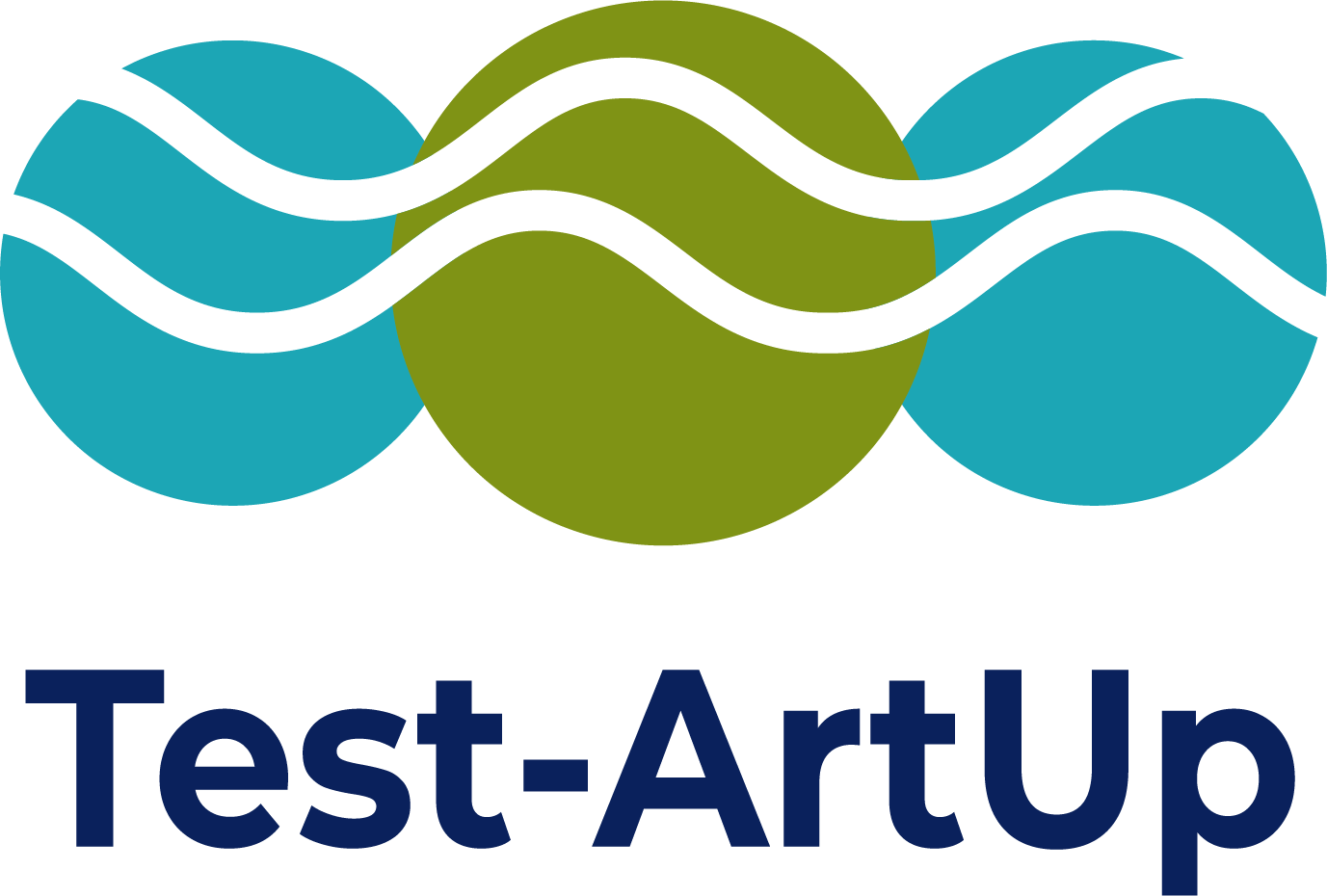Assessment of the ecosystem response
Preliminary results from studies conducted as part of the Ocean artUp project indicate that artificial upwelling, when applied in pulsed mode and with high Si:N nutrient ratios in the upwelled water, can induce high C:N ratios in primary production and subsequently in sedimenting organic matter. Under these conditions, the biological pump has the potential to transport more sequestered carbon to depth than reaches the surface with the upwelled deep water. To verify these results and test for possible additional influencing factors, multifactorial mesocosm experiments are planned in the oligotrophic waters around Gran Canaria . The main focus of these studies will be on the modification of C:N ratios in the primary formed organic material within the food web and by microbial degradation during sinking to depth. By selectively manipulating the upwelling mode, the mixing ratios between surface water and nutrient-rich deep water, and the nutrient ratios in deep water (especially the Si:N ratio), we will address the question of which possible upwelling scenarios produce the highest possible net CO2 export. The extensive data sets of ecological and biogeochemical responses of natural plankton communities to artificial upwelling will also be evaluated with respect to possible risks and side effects for the pelagic ecosystem.
Additionally, targeted laboratory experiments under controlled conditions with key organisms are planned in order to elucidate the basic mechanisms leading to the so-called „carbon over-consumption“, and thus the high C:N ratios in the primarily formed organic material under the conditions described above. To accomplish this, representative species of phytoplankton, which have taken a dominant role in the ecosystem during the aforementioned field studies, will be maintained in pure culture and investigated regarding the elemental and material group-specific composition of their cell contents as a function of the culture conditions. Similarly, the focus of the studies will be on the mode of nutrient addition (continuous versus pulsed) and Si:N ratios in the added nutrients. Based on this, feeding experiments with representative zooplankton species from the copepod group are planned, in which phytoplankton from the culture experiments described above will be offered to the zooplankton as food. These experiments will address the question of the extent to which the elemental composition mapped in phytoplankton is modified by feeding and consumption by zooplankton.
The deployment of the newly developed upwelling pump in an eddy south of the Canary Islands will provide the opportunity to monitor the ecological and biogeochemical effects of artificial upwelling in an open system over the period of several weeks. The hydrographic measurements as part of the upwelling pumping system will be complemented by a wide range of chemical, biological, and biogeochemical measurements inside and outside the area fertilised by upwelled water. The combination of data will provide insight into how an open, natural pelagic system responds to artificial upwelling and whether this action is suitable for sequestering CO2 via the biological pump.
The data collected during the laboratory and mesocosm experiments, as well as from the field study using the upwelling pump, will be summarized and analysed with respect to generalised conclusions about the CO2 sequestration potential from artificial upwelling. Based on the experience gained and assessments made in Test-ArtUp and previous studies, we will produce a guide for best practices for the use of artificial upwelling as a CO2 removal measure, which can serve as a guide for potential users and decision makers.
